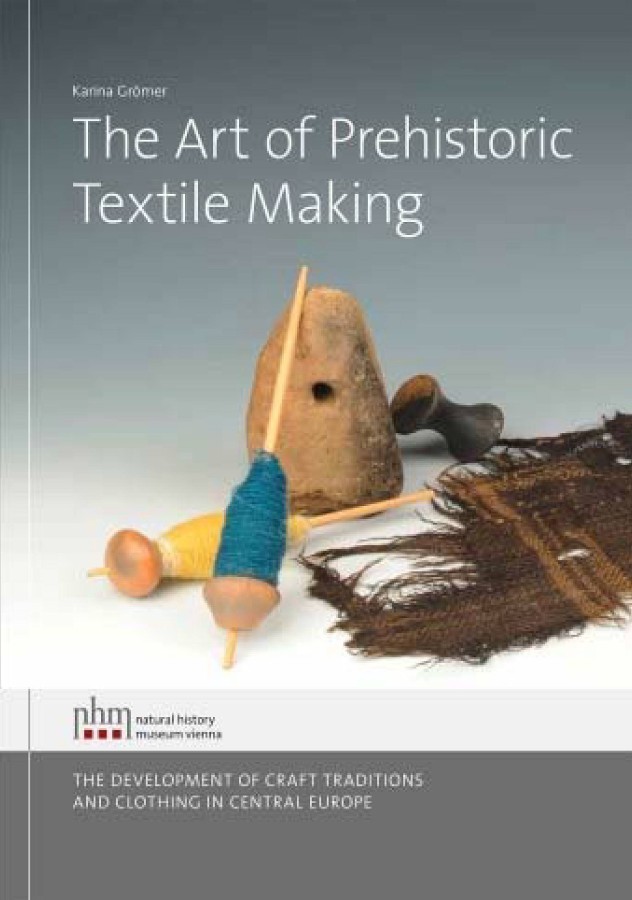It's amazing how a few days can lead to a huge heap of emails in the inbox, and some increase of length of the to-do-list - but it was wonderful to have these few days off over Easter and spend time with friends as well as outside for some hiking.
Not only emails have piled up, though - there are also a few interesting links that came in during the last few days!
First of all, and very exciting - you might know that the Incans used textiles to keep records: khipus, which are strings marked with knots. The exact method of how these strings were knotted, and how to decipher them, are yet unknown. There's a little hope that this might change, though. In an excavation about 100 km south of Lima, archaeologists have found several khipus in a storage house, in some cases buried under the produce they were possibly documenting. Research on these khipus and how to decipher them is now going on, and the storage khipus might be helpful in deciphering the non-mathematical content of this very special type of textile records.
Also textile-related, but modern: There's a crowdfunding project for a business going on to bring a twisting machine to the Hebrides, helping knitters turn wool singles (spun for tweed weaving) into plied knitting yarns. If you decide to support this and get a reward, you might consider upping your pledge to account for shipping, as my suspicion is that shipping costs and reward materials will cut considerably in what is left after the campaign.
Now it's nose back to the grindstone, the cat is back on the desk "helping" (take your paw off the touchpad, please, little cat), and purring contentedly. Hm. Maybe she'll do some of the email sorting for me?
Not only emails have piled up, though - there are also a few interesting links that came in during the last few days!
First of all, and very exciting - you might know that the Incans used textiles to keep records: khipus, which are strings marked with knots. The exact method of how these strings were knotted, and how to decipher them, are yet unknown. There's a little hope that this might change, though. In an excavation about 100 km south of Lima, archaeologists have found several khipus in a storage house, in some cases buried under the produce they were possibly documenting. Research on these khipus and how to decipher them is now going on, and the storage khipus might be helpful in deciphering the non-mathematical content of this very special type of textile records.
Also textile-related, but modern: There's a crowdfunding project for a business going on to bring a twisting machine to the Hebrides, helping knitters turn wool singles (spun for tweed weaving) into plied knitting yarns. If you decide to support this and get a reward, you might consider upping your pledge to account for shipping, as my suspicion is that shipping costs and reward materials will cut considerably in what is left after the campaign.
Now it's nose back to the grindstone, the cat is back on the desk "helping" (take your paw off the touchpad, please, little cat), and purring contentedly. Hm. Maybe she'll do some of the email sorting for me?




